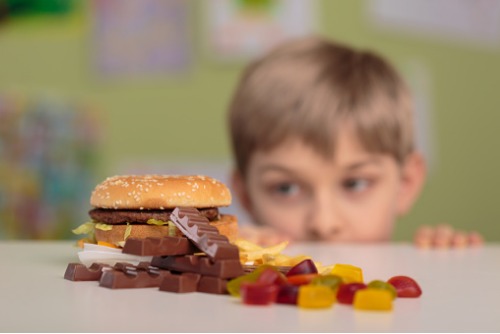
A new study published in the Journal of Marketing Research has found that ambient food scent can directly satisfy cravings.
According to researchers from the University of South Florida College of Business, this is because the brain doesn't necessarily differentiate the source of sensory pleasure.
The findings of the study have obvious implications for school canteens, as children could be encouraged to eat food from the fresh fruit section after two minutes of smelling unhealthy foods.
“Ambient scent can be a powerful tool to resist cravings for indulgent foods,” lead author Dipayan Biswas, PhD, marketing professor at the University of South Florida College of Business, said.
“In fact, subtle sensory stimuli like scents can be more effective in influencing children's and adults' food choices than restrictive policies.”
Biswas discovered a direct connection between the length of exposure time and whether or not one will indulge.
He conducted a series of tests using an inconspicuous nebulizer, that separately gave off the scent of healthy and unhealthy food items. (cookies vs. strawberries, pizza vs. apples)
He found participants exposed to the smell of cookies for less than 30 seconds were more likely to want a cookie. But those exposed for longer than two minutes, didn't find that cookie desirable, and picked strawberries instead. He had the same results when the scent of pizza and apples were tested.
Since non-indulgent foods don't give off much of an ambient scent, they're typically not connected with reward, therefore have little influence on what we order.
Biswas's previous research has shown light and the volume of music impacts food choice. However, this the first study to prove one sense can compensate another.
The original version of this article appeared in Science Daily.


